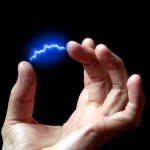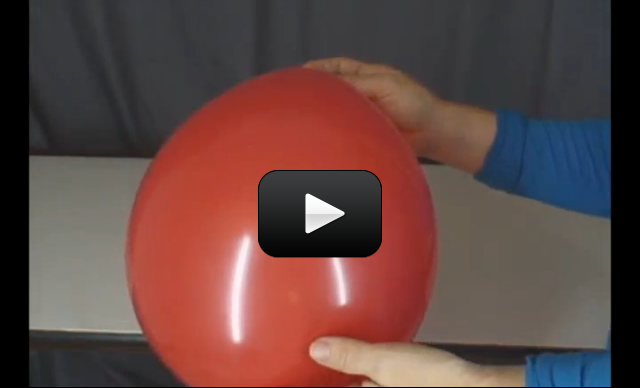 You are actually fairly familiar with electric fields too, but you may not know it. Have you ever rubbed your feet against the floor and then shocked your brother or sister? Have you ever zipped down a plastic slide and noticed that your hair is sticking straight up when you get to the bottom? Both phenomena are caused by electric fields and they are everywhere!
You are actually fairly familiar with electric fields too, but you may not know it. Have you ever rubbed your feet against the floor and then shocked your brother or sister? Have you ever zipped down a plastic slide and noticed that your hair is sticking straight up when you get to the bottom? Both phenomena are caused by electric fields and they are everywhere!
Please login or register to read the rest of this content.


I can think of a couple main reasons why the balloon might stop sticking to a window. Once you stick a balloon on a surface, some of the electrons may move from the balloon to that surface. This balances out the static charge and reduces the attraction. Try moving to a different window. Also, moisture in the air can prevent a build up of static. Try the experiment first thing in the morning, when it is often less humid, then again in the afternoon. I can think of two more things to try: 1) Try a different balloon. Do you notice a difference in how a new balloon sticks? 2) Ask a friend or family member the rub the balloon on their head. Will the same balloon stick again after doing that?
Hi Miss Aurora. I’m wondering why my balloon sticks to something at first, but it won’t stick to it again even if I rub it on my hair a lot. At first, my balloon stuck to the window for a really long time. After it fell, I rubbed it on my head again and it wouldn’t stick to the window or anything at all. Why?
Thanks. – Liam